There is a controversy that the name Satpura derives from either Hill with hundreds of peaks, Sata-hundreds and Pura means hill in Hindi or some experts believe that Sat means seven and Pura means hills in Hindi, So, a hill with seven major peaks which are
- Dhupgarh
- Chauragarh
- Belkandar
- Chater
- Doriya
- Tek
- Sirsadev
Satpura Tiger Reserve is one of the largest tiger reserves of India and the largest Tiger Reserve in Madhya Pradesh holding the total unbroken forest land of 2133 sq km. It comprises Satpura National Park, Pachmarhi Wildlife Sanctuary and Bori Wildlife Sanctuary. The core area of the reserve is 1339 sq km and is demarcated into 6 ranges which are Core Panchmari, West Pachmarhi, Game Range Matkuli, Kamti Range, Churna Range, Bori Range. The buffer is again spread over 794 sq km; it also has 4 ranges, Tawa, Bagra, Pipariya and Denwa Range. The conservation of Indian wildlife started with this park in the 1980s when Bengal lancer Captain James Forsyth came to this landscape in search of the revolutionary Tantiya Tope. After roaming in this landscape he started surveying this whole landscape and wrote a book called “The Highlands of Central India” which was published after his death in 1971. While surveying this landscape on a horse back he has seen the wealth of this landscape which is the Teak Forest of Bori. Satpura was turned into the supplies of the Teak wood for the railways and that’s when the government realised that this place has to be protected from exploitation and Bori was declared as the first reserve forest in India in the year 1865, now known as a Bori Wildlife Sanctuary. Also, the forest department started their journey in India from here. Not only Captain James W. Forsyth has explored this landscape but as we know that it has been one of the oldest landscapes on earth. There is evidence that more than 2000-10,000 year old rock paintings exist here in 51 different rock shelters. In which some of them are protected by the forest department and some of them are still intact with the prehistoric charm of the wilderness around them. Different dynasties like Kalchuris, Scindias, Marathas, Mughals and Gonds ruled this land after the prehistoric era. Still, we can see some of their ruins of architecture inside the core of the Tiger Reserve, like Jhin Jhini Mahel, a Shiv Temple which was established by the Kalchuri dynasty in 7 century AD. The diversity of landscape made this park very special, from 300m above sea level to the 1352m Dhupgarh in Pachmarhi which is the highest point of the Satpura hill range. Three major rivers Denwa, Sonbhadra and Tawa which give life throughout the year. Deep gauges, numerous waterfalls, huge grassland, riparian ecosystem has given a high diversity of flora as well as fauna. Some of the plants and creatures found here are endemic to this landscape like Ficus cupulata, Some Tree ferns (Cyathea), Whisk Ferns (Psilotum), etc. Some lesser fauna which is recently discovered like Satpura Leopard Gecko, Satpura Dark Evening Brown. An isolated population of Black-crested Bulbul and Malabar Whistling Thrush which found either in the Himalayas or in the Western Ghats. Satpura is allowed to explore the place not only from the regular jeep drive but also on foot, canoeing and boating and gives a different perspective of the forest and get chances to see different stratum of lifeforms.


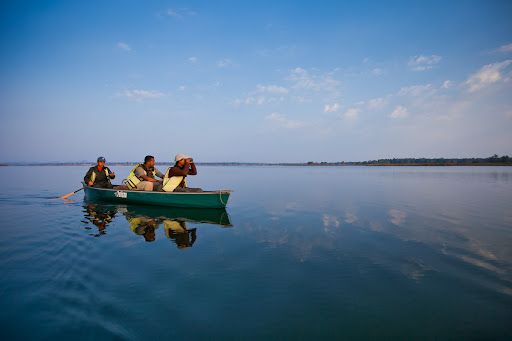

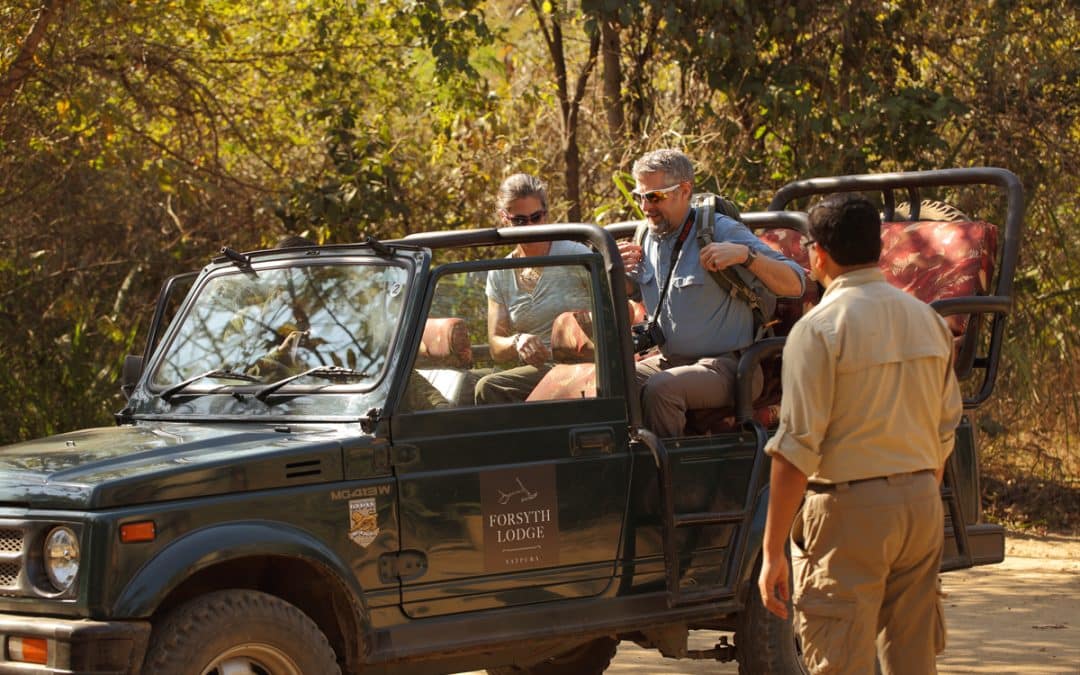

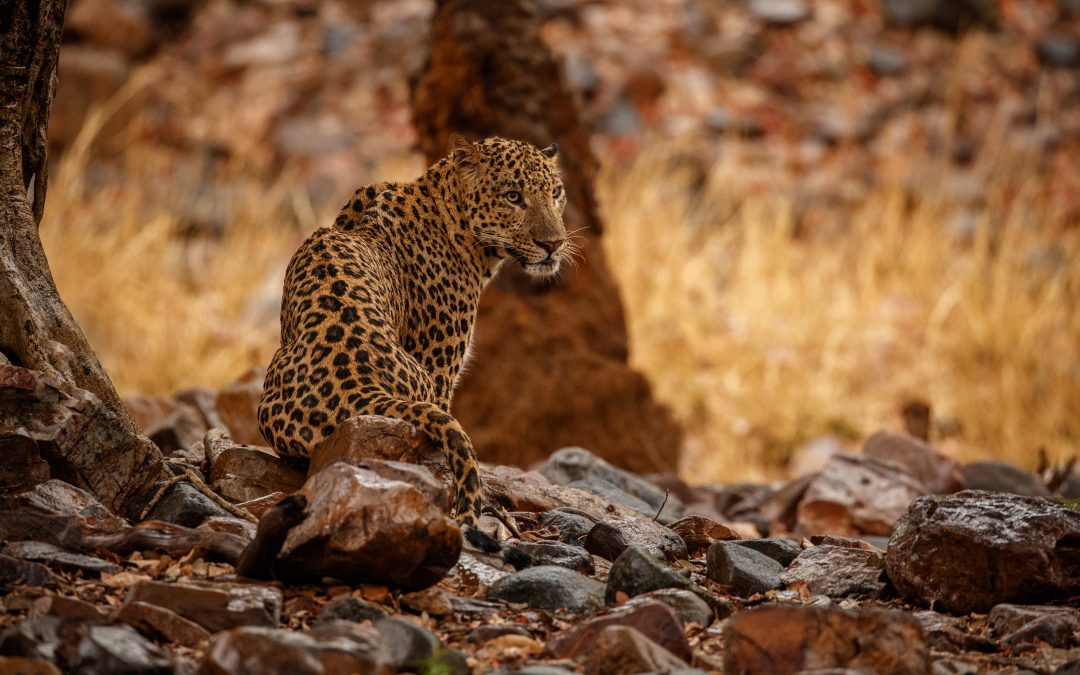
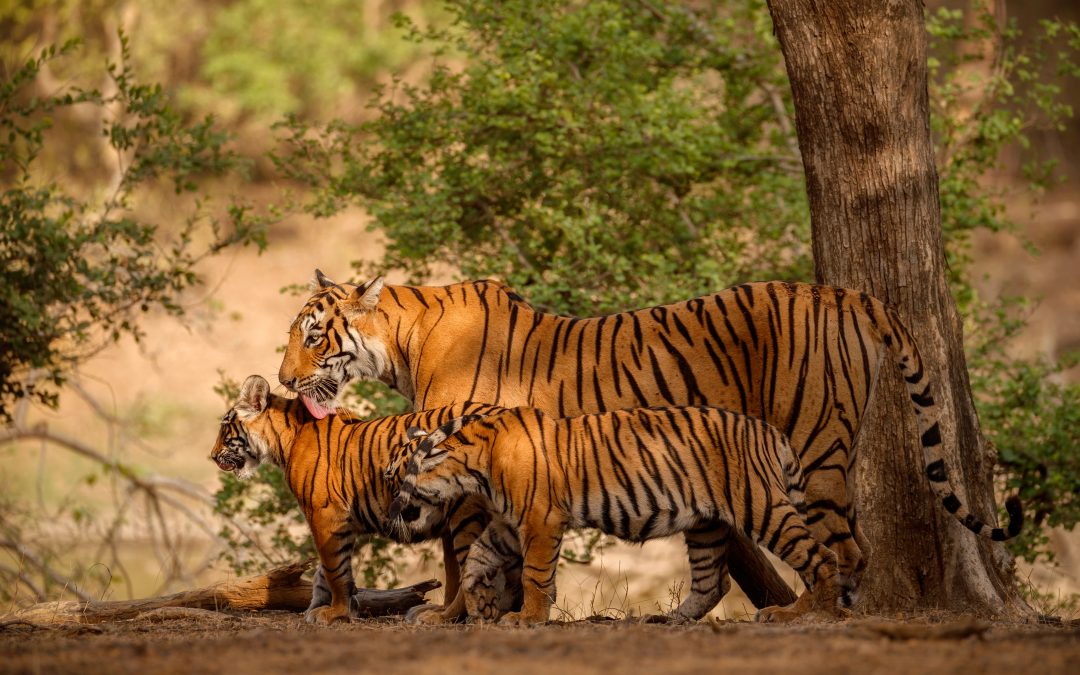
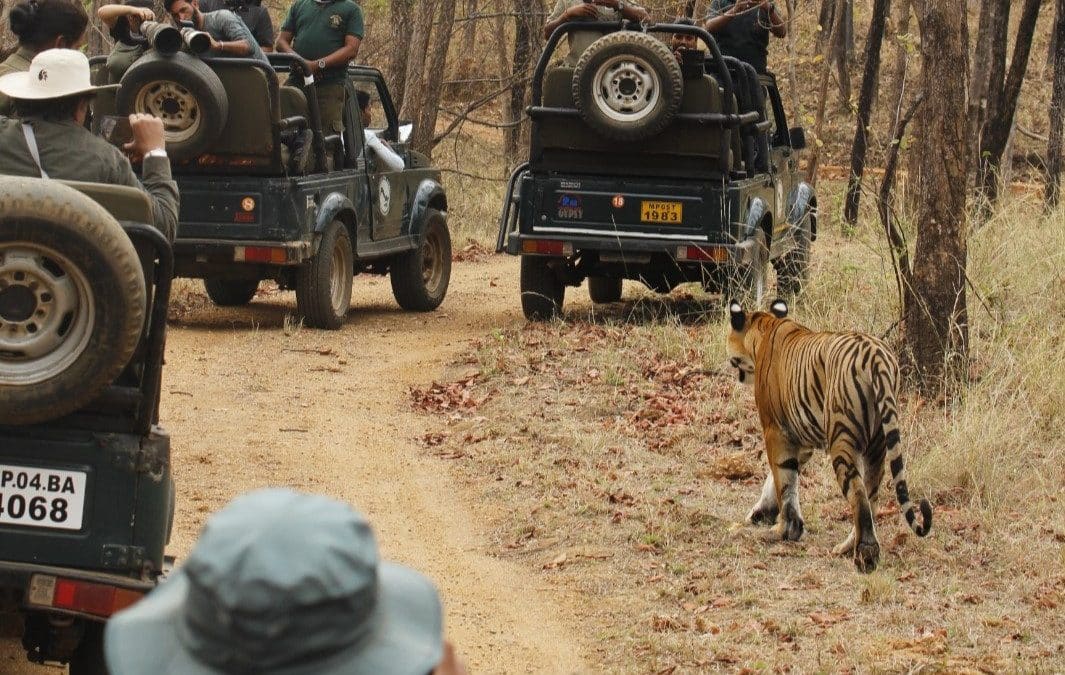
Recent Comments